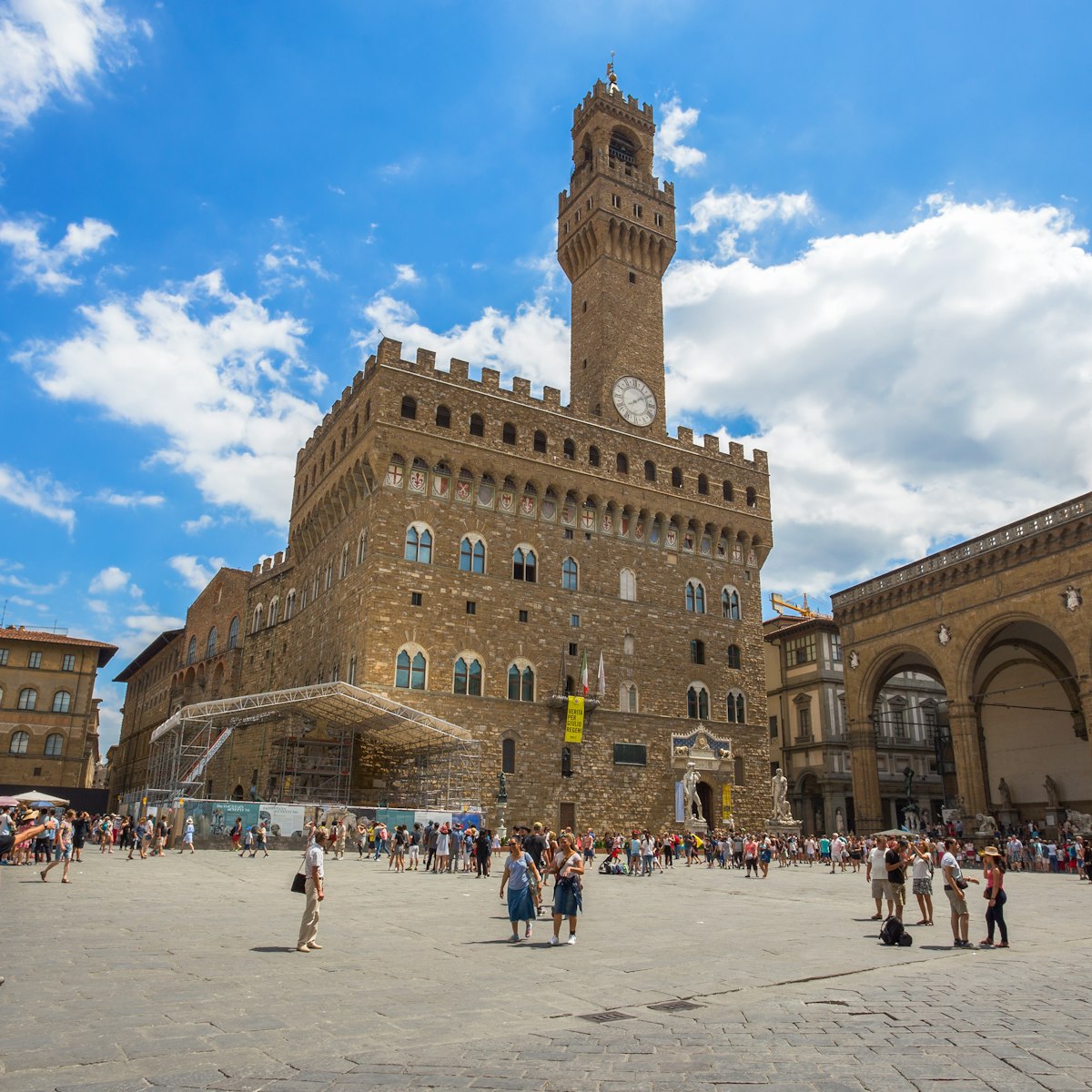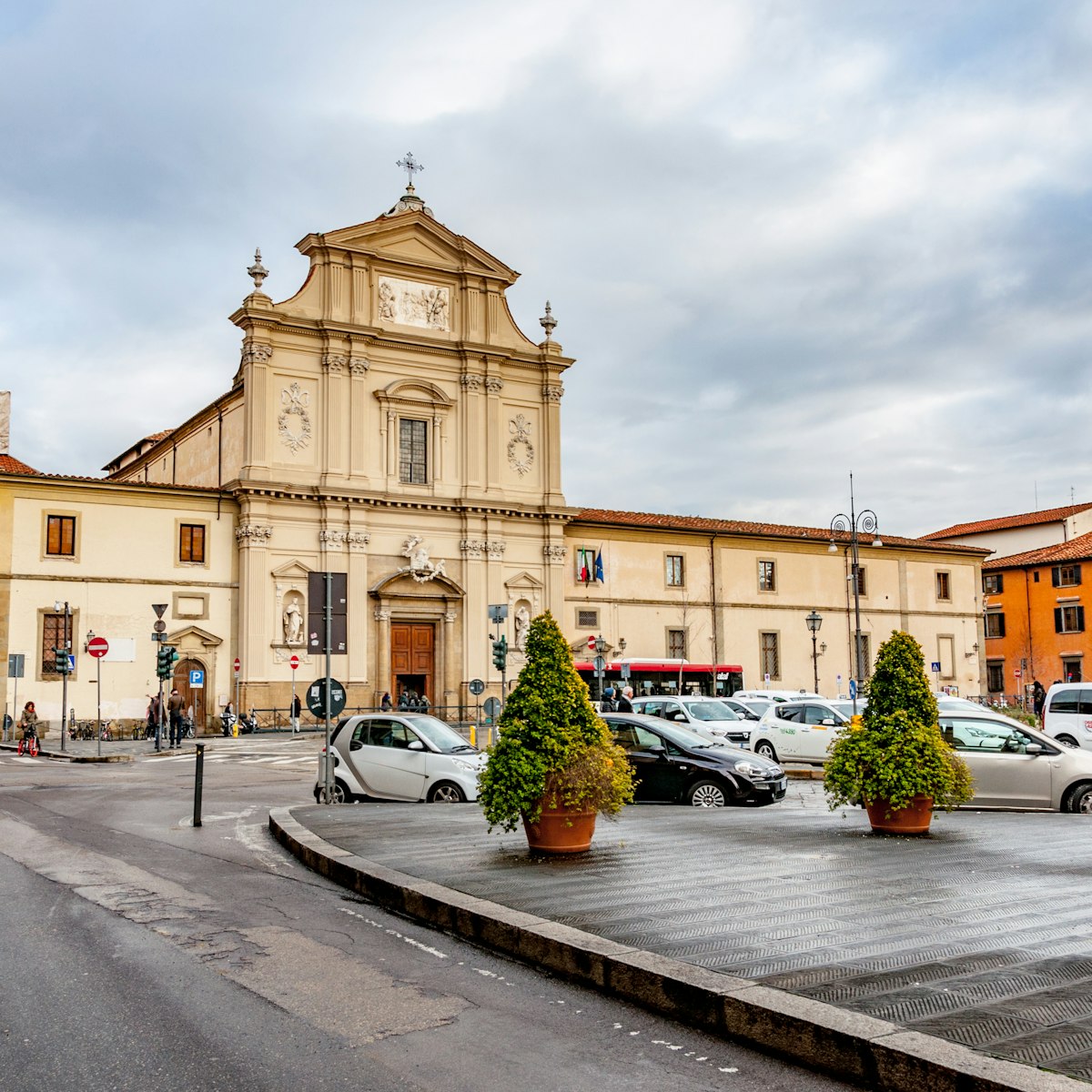Shortly after its founding in 1421, Brunelleschi designed the loggia for Florence's Ospedale degli Innocenti, a foundling hospital and Europe's first orphanage, built by the wealthy silk-weavers' guild to care for unwanted children. Inside, a highly emotive, state-of-the-art museum explores its history, climaxing with a sensational collection of frescoes and artworks that once decorated the hospital and a stunning rooftop-cafe terrace (fab city views). Brunelleschi's use of rounded arches and Roman capitals marks it as arguably the first building of the Renaissance.
Andrea della Robbia (1435–1525) added the facade's distinctive terracotta medallions of infants in swaddling clothes.
In 1445 the first unwanted baby (female, as was commonly the case at the time) was found abandoned on the hospital's doorstep; by the end of the 15th century it was home to over 1000 children. In the 16th century, such was the demand that the hospital replaced the pila (a concave stone on which infants were left) with a revolving door in which newborns could be left in relative warmth. On display are the various sentimental objects that often appeared with a foundling – coins, rosary beads, a crucifix, ribbons, one half of a broken medal allowing parents to later identify their child. From 1667 the hospital also accepted young mothers as wet nurses, and by the mid-19th-century the orphanage was accepting 2000 unwanted children a year.
No museum visit is complete without a drink in the rooftop cafe, Caffè del Verone, at home in the foundling hospital's verone (drying room) where linen was stretched and hung to dry in the 15th century.








